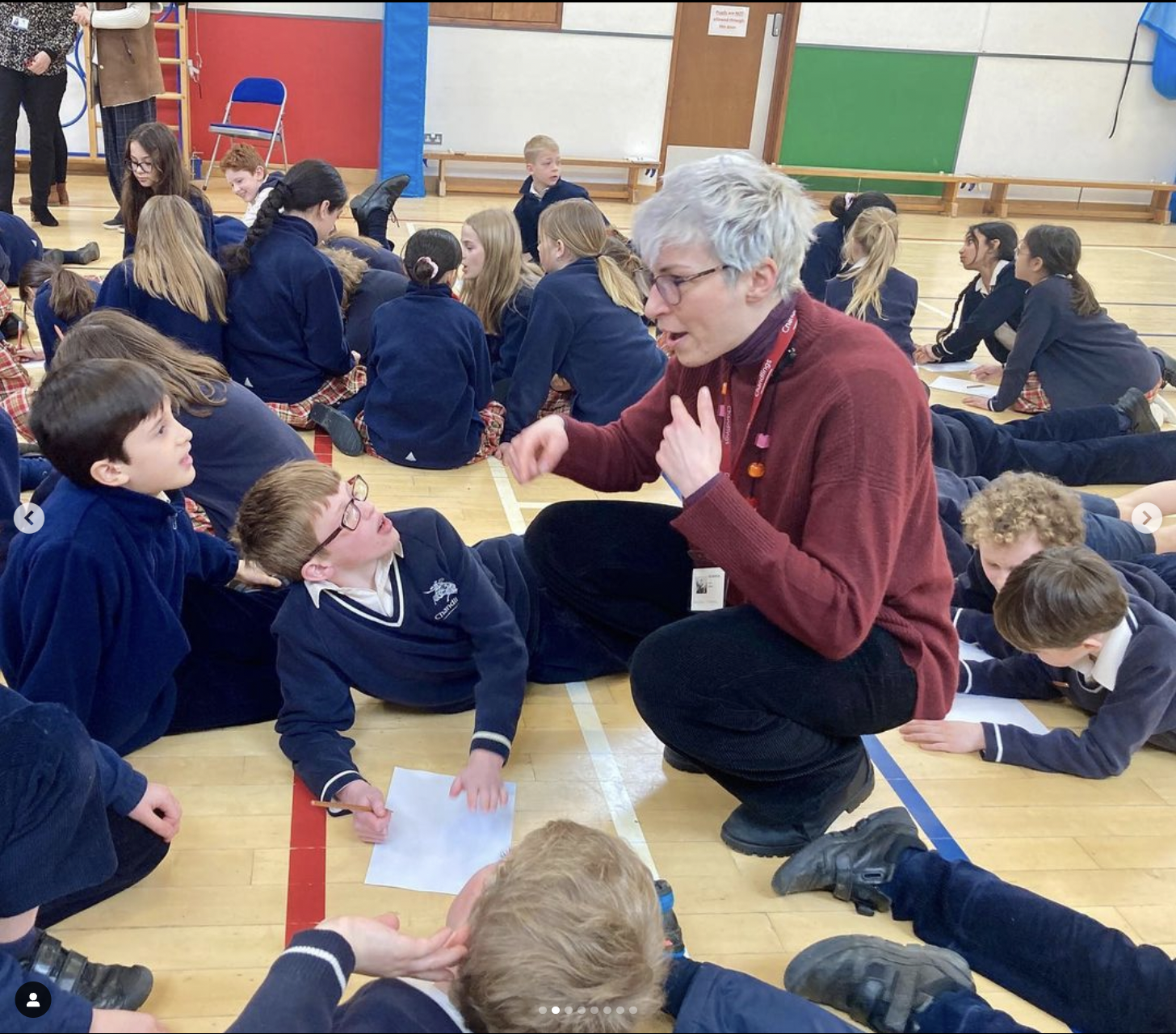Historical FICTION ages 8+
Blackwell's children's book of the month Jan 2023
〰️
Blackwell's children's book of the month Jan 2023 〰️
Blackbeard’s Treasure - Historically accurate pirate adventure for kids!
When Blackbeard attacks Sandy Point on 1st of December 1717 on his way to consolidate his fleet of pirate ships in Nassau, he changes Abigail’s life forever… and she wants her REVENGE!
The only kid Abigail’s age is a slave boy called Boubacar. They aren’t allowed to be friends, but that doesn’t stop them!
When Abigail’s father is killed, Boubacar seizes his chance at freedom. Will Abigail stay behind as an orphan or follow her only friend to sea?
This is the most historically accurate novel I could write about the REAL pirates and their REAL ships doing what THEY REALLY DID in the Caribbean at the start of the 18th Century. There is a glossary at the back full of facts for the curious reader.
Order a signed copy of Blackbeard's Treasure! The cost is £10 (including post and packing) UK residents only. Get in touch via the contacts page for international post!
Blackbeard’s Treasure features the REAL PIRATES and the terrible history of the Golden Age of Piracy in the early 18th Century. From the heroic pirate Henry Avery to the pirate hunter, Woodes Rogers, find out what these pirates were REALLY like and WHY they did what they did to SURVIVE.
Blackbeard’s Treasure is about trying to be good
When it is impossible to be good
ARRRR!
"This is children's fiction at its best." The Lady Magazine
〰️
"This is children's fiction at its best." The Lady Magazine 〰️
-FAQ-
+ Was Blackbeard a real pirate?
Yes, we think his real name was Edward Teach or Thatch. He most likely came from Bristol in England. Black Caesar, Charles Vane, Anne Bonny, Calico Jack and many of the pirates featured in the book are all real, as at the pirate ships they sail.
+ Why were there so many pirates in the Carribean?
Three reasons.
1) The geography of the islands. There were a large number of islands with secret coves, bays and hiding spots making piracy possible. The Carribean has a climate perfect for growing crops like sugarcane, so there was a lot of treasure and goods being shipped between there and Europe, so lots of boats to plunder!
2) There were a lot of unemployed men. England had been at war with Spain (and France) and the crown had paid British merchant ships to attack and destroy enemy vessels. This was before we had a Royal Navy, the merchant ships flew the kings colours (the union jack) and worked together to take down Spanish vessels. However after the war, they weren't allowed to carry on but the men couldn't find any other jobs to do. This was because most of the labouring jobs were being done by african slaves. They had no choice but to continue attacking vessels or starve.
3) The transatlantic slave trade boomed in the 18th century. This meant there were a lot of slaves who ran away from their terrible lives. To make sure they weren't recaptured, they joined pirate crews as a way to survive.
+ What was the transatlantic slave trade?
Slaves had been around since the start of civilisation in nearly all human societies, there are even instructions of how to treat your slaves in the Bible! The slave trade that took place between Africa and the Americas in the eighteenth century was SO HORRIBLE that it made people realise that slavery (of any kind) was wrong. Britian wanted crops like sugarcane and tobacco that would only grow in tropical climates. The production of sugarcane needed lots of labourers and it was extremely dangerous. There weren't enough people to do the work living on the islands. At first they imported indentured servants from Britain and Ireland. Later they used slaves who they bought on the west coast of Africa. The slave traders paid very little for the slaves, and packed them in boats so they couldn't even stand up. Those that survived the weeks long crossing, went through the indignity of being sold to the plantations. They normally didn't survive life on the plantations for very long. Most slaves died from overwork and injury, meaning more were imported, only to end up dying too. British ships transported about 3.4 million Africans across the Atlantic until pressure from the public made the trade illegal in 1807. It was made illegal for British subjects to OWN slaves in 1833 BUT it took nearly a decade for this law to come into force.
+ Did you draw the cover?
No, I'm not THAT clever. The cover is by Elisa Paganelli.
+ Did Blackbeard Really Hold Up Charleston?
Yes he did, all for some medicine. What happens to Queen Anne's Revenge in the book is also true.
+ Why didn't America stop the pirates?
At this time the United States of America didn't exist. They were still European colonies. So places like South Carolina were part of the British Empire. Unlike constituencies in Britain, the colonies had no MPs in Parliament representing them. The British Government taxed the colonies heavily. In return they were supposed to protect the people and shipping from pirates. They did this by hiring private merchants, even pirates themselves, to hunt down other pirates. The most notorius of these was Woodes Rogers, who had circumnatigated the globe and had shot from a rifle lodged in his head.
+ What was the King's Pardon ?
The kings pardon was an attempt by the British Government to stop the pirates. They knew there were so many pirates they couldn't catch them all. The punishment for piracy was death by hanging, so the pirates were desperate not to be caught, but also had no other options other than continue piracy to survive. If they tried to stop and get a regular job on a normal ship they could be caught by someone they had encountered when they were a pirate and accused.
+ I am a teacher is this book suitable for the classroom?
Yes it is! It is a great way to introduce KS2 students to the subjects of colonailism and the slave trade.





We will remember them…